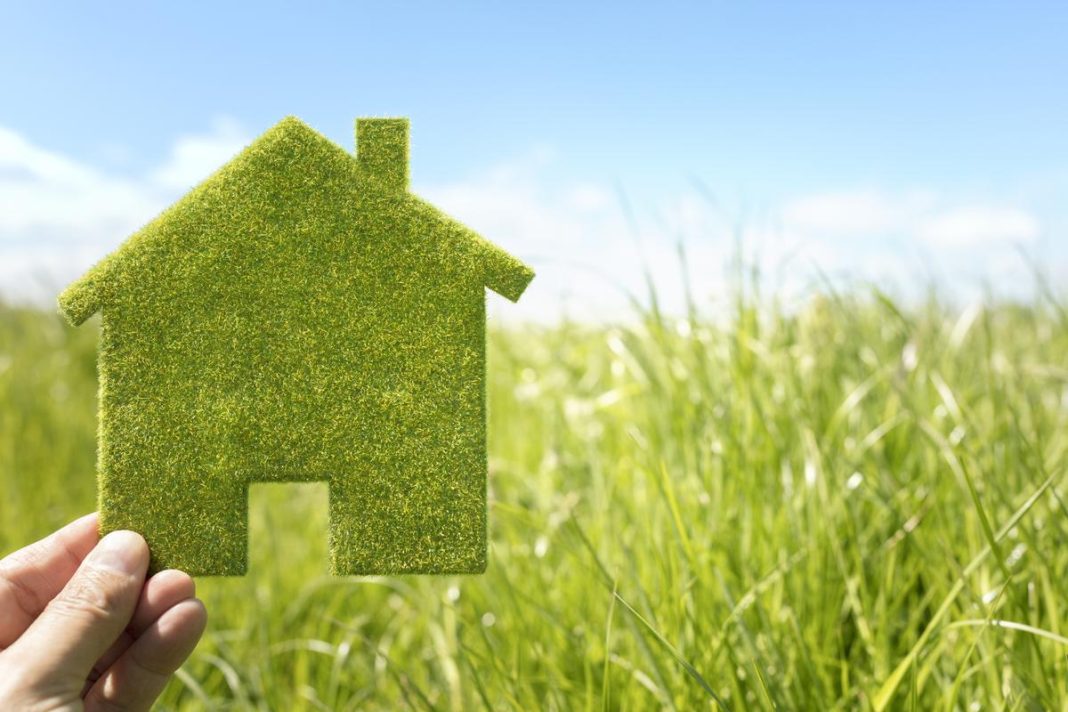Today, environmental sustainability is key in homebuying and investment decisions. Grade-A developers offering green certified housing projects are being preferred by eco-friendly consumers
The significance of stability and security during uncertainties has increased the importance of owning a home. Along with garnering a huge demand, real estate has emerged as the safest investment amidst market volatilities, as validated by a Housing.com-NAREDCO survey, in which 43% of respondents voted real estate as the preferred option. Consequently, the Indian real estate industry is expected to reach a $1 trillion market size by 2030 and contribute 13% to the GDP by 2025, according to IBEF (India Brand Equity Foundation).
Domino effect
Driving this massive growth, the real estate developers, and the sector at large, shoulder a huge responsibility to ensure that it progresses sustainably for a healthier domino effect on the economy and the environment.
The impact of climate-related issues has unequivocally been accepted as real, and controlling the rising carbon emissions has become more of an existential issue. With over 50% of India’s 2030 building stock yet to be built, the industry has immense potential to go green and abate the ever-increasing operational energy requirements of buildings, while also reducing embodied carbon emissions.
Interestingly, present-day consumers are major participants in accelerating green practices by organisations. Social and mainstream media have also rightfully amplified the climate concerns in recent years.
Understanding the catastrophic effects of climate change, there is a perceptible shift in people’s lifestyles, where sustainability and resilience hold dominance now. In homebuying too, sustainability has become a key consideration. This ties into the evolving idea of a ‘best-in-class building’, where the focus is shifting from a prime location with sweeping views towards championing net-zero carbon, promoting health and well-being, and awareness regarding the environment.
Perks perfect
Realising the downsides of energy-intensive buildings, consumers are now preferring energy-efficient properties. An International Finance Corporation report highlights that 46% people in India are willing to pay a premium to lease space in a certified green building.
Through sustainable design, construction and operations, green buildings are climate-resilient, consume less water, optimally use energy, conserve natural resources, generate less waste, enhance biodiversity, ensure healthier living spaces by providing better ventilation, adequate daylight, superior air quality, and an active lifestyle. As a result, grade-A developers offering green certified housing projects are being preferred by environment-friendly consumers.
Thoroughly educated on varied aspects, millennials are emerging as trend-setters in purchasing green homes. They look for residential investments that contribute tangibly and intangibly to the well-being of their entire family. Green homes are thus being the choice of this cohort as they ensure higher ROI, higher asset/rental value, rebates on property taxes, improved health and well-being, and savings on electricity, water, and medical bills.
For effective emissions reduction, tapping the total building lifecycle is important — from the initial planning and investment stages to actual construction, operations, refurbishment, and final demolition. Leading developers are switching energy use from fossil fuels to renewable sources during the construction stage itself; it helps reduce their greenhouse gas (GHG) emissions, while greening the project lifecycle. Green projects, designed with circularity concepts like ‘reduce, reuse, recycle’ philosophy, help conserve natural resources and also abates GHG emissions. Environment-friendly construction materials have also started seeing rising demands.
There is a rising trend of leaving scope for adaptation and scaling of new technologies that might become commonplace in the future; for example — the current demand for EV charging infrastructure.
Developers should also consider climate science to evaluate the physical climate risks that could affect the concerning geography. This embeds critical resilience features in the developments to safeguard residents and investments during impending extreme climatic events.
There is an encouraging trend today of incentivising green projects by state governments and regulatory bodies. While the current incentives may not be enough, they certainly indicate a future of enormous catalytic support to the country’s green building growth. Responsibly built green developments will contribute significantly to India’s vision of reducing its total carbon emissions by one billion tonnes by 2030 and reaching its net-zero target by 2070.
Higher ratings
From an investment standpoint too, real estate is a favourable asset, owing to low risks and better returns. With the associated positives and as the addressee to global issues, sustainability will be fundamental in increasing the investment attractiveness of real estate. Investors, lenders, and fund managers are looking to invest in properties with higher sustainability ratings. Moreover, having sustainable amenities at the projects help portray a responsible image of the developer and upholds their ESG (Environmental, social, and governance) goals.
A recent International Finance Corporation report shows that by 2030, in emerging markets including India, green buildings will offer a $23 trillion investment opportunity, which is going to fast-track sustainable development and spur economic growth by generating millions of skilled jobs in renewable and construction sectors. Currently, green buildings account for less than 10% of the construction and renovation sector, implying a vast growth potential.
Preserving the earth
A recent report has highlighted that close to 1/3rd of office spaces in top six cities are certified green. It is crucial to harness this potential for achieving a sustainable future. With the ‘planet over profit’ dictum gaining prominence, the real estate industry must continue shaping the narrative assertively and adopting best sustainability practices to heal and preserve the Earth for our future generations.
Source : The Hindu































